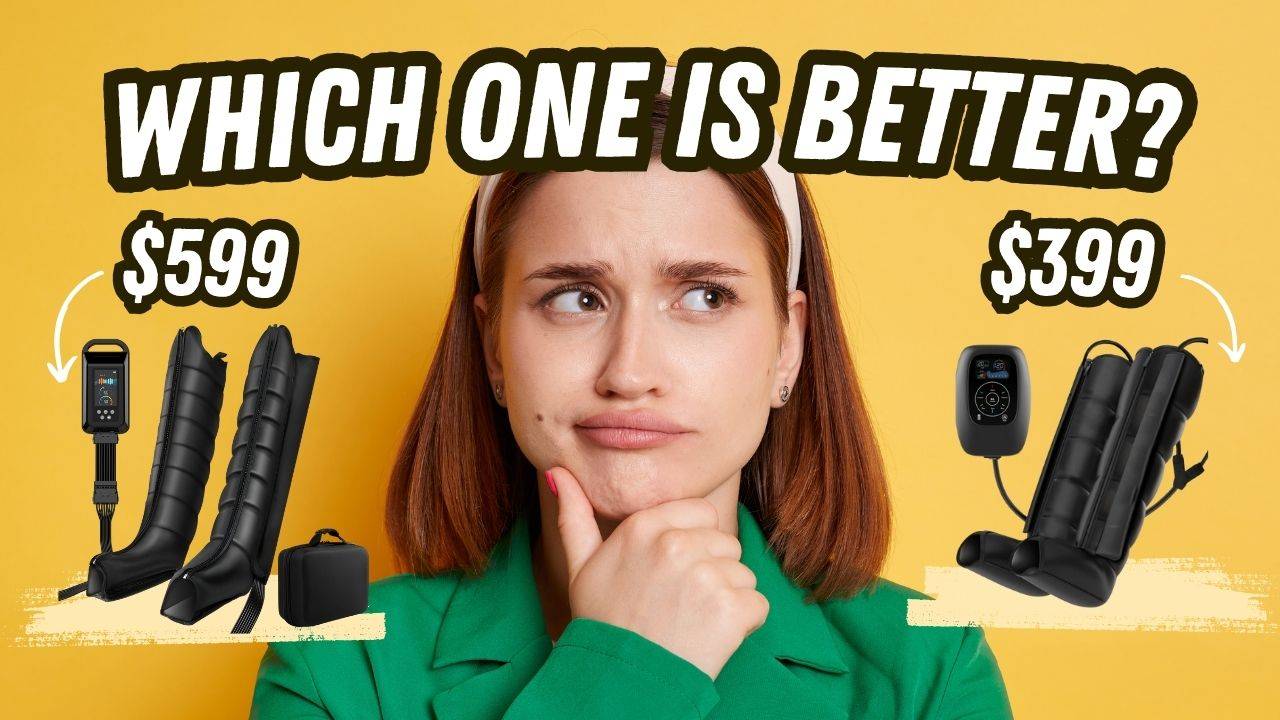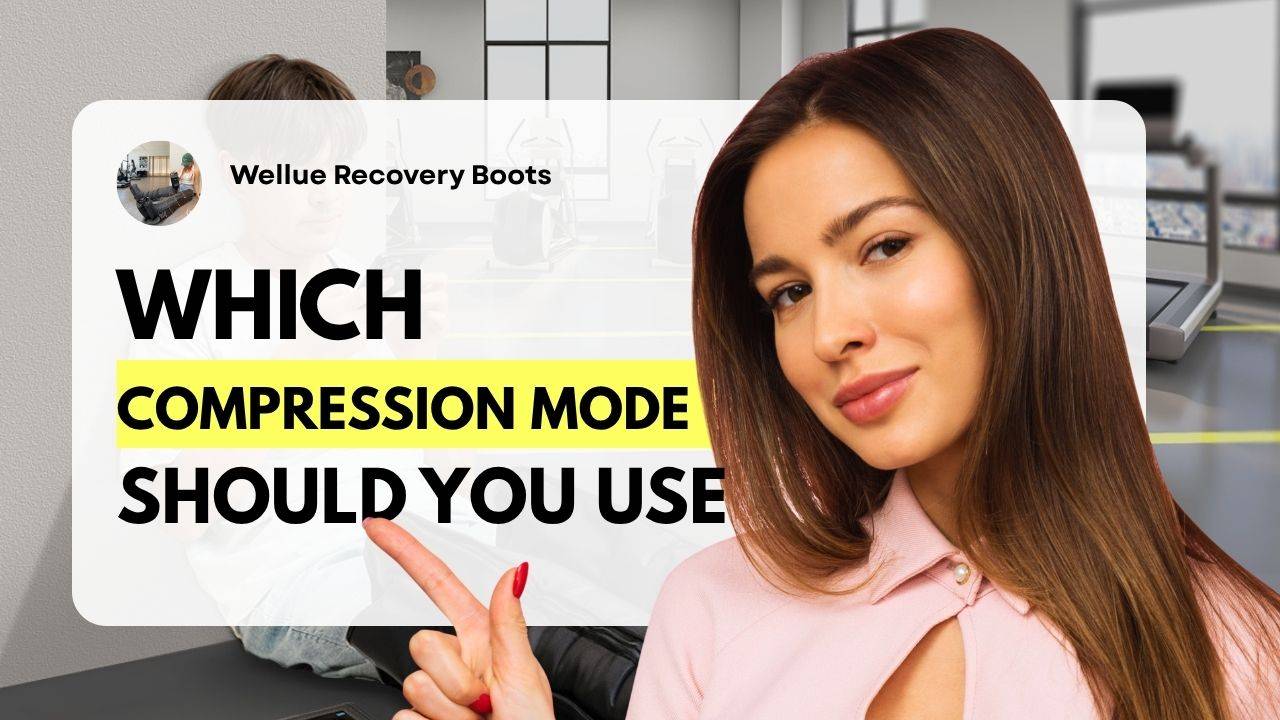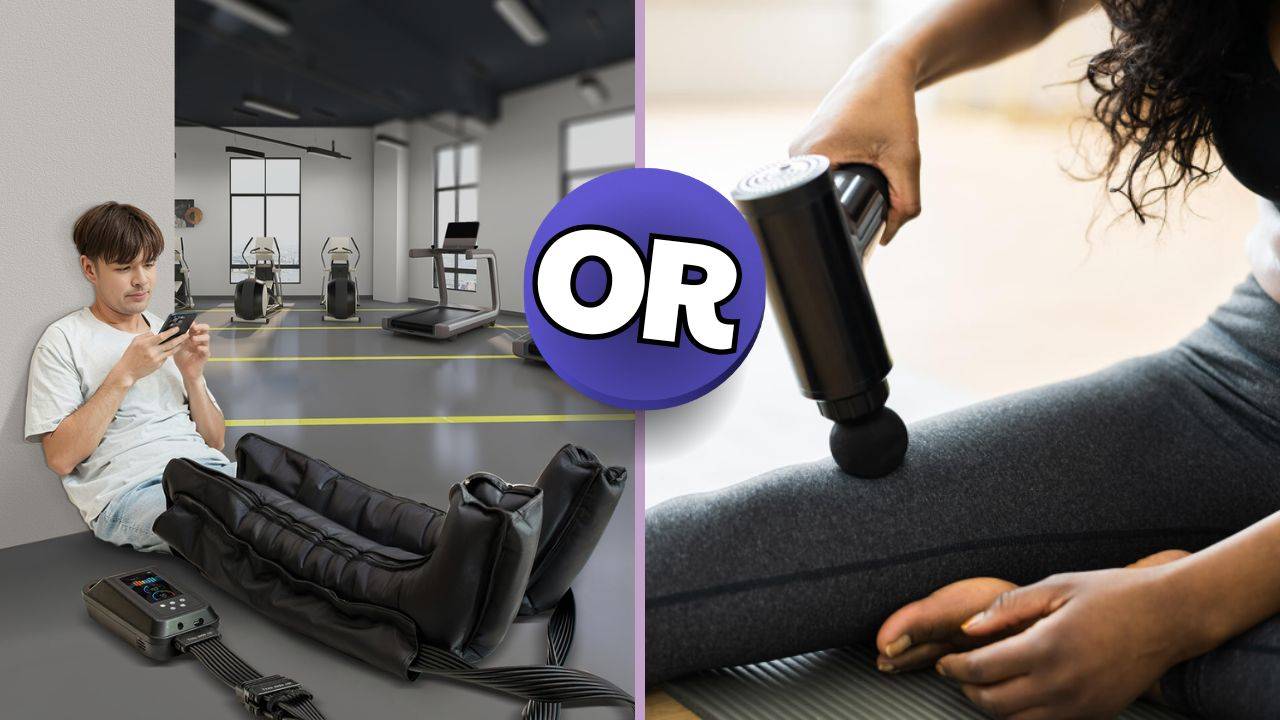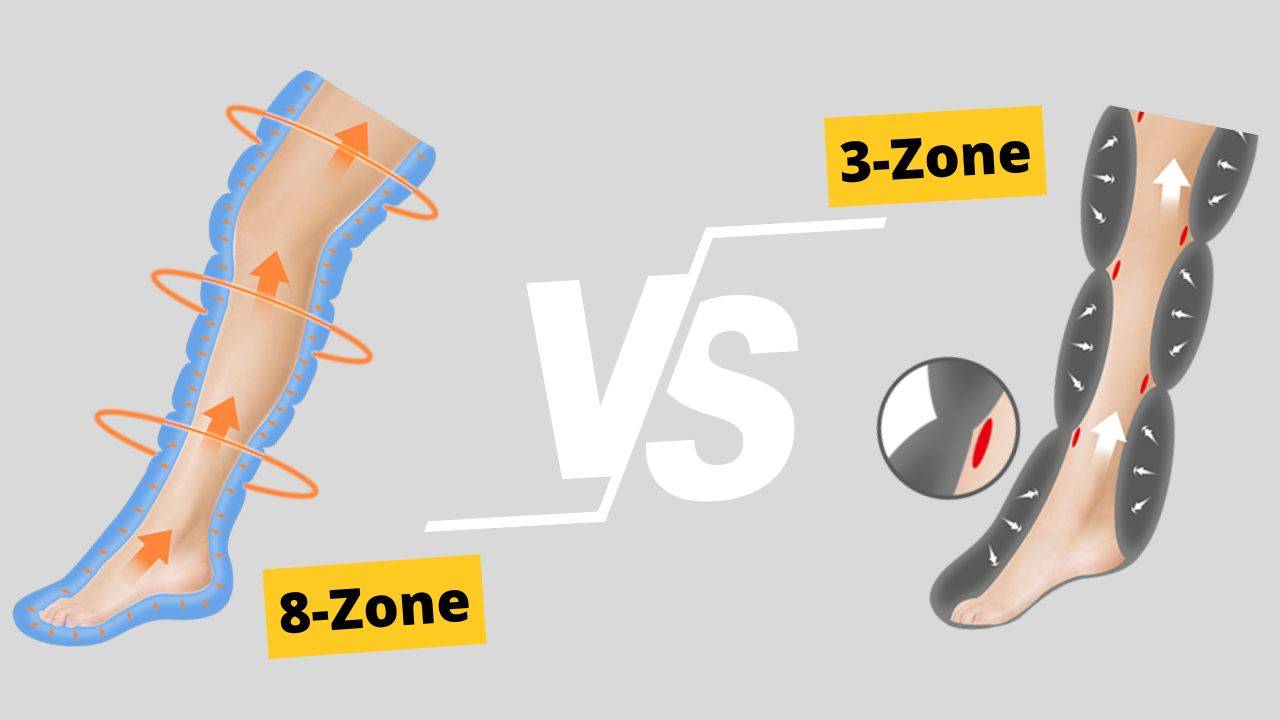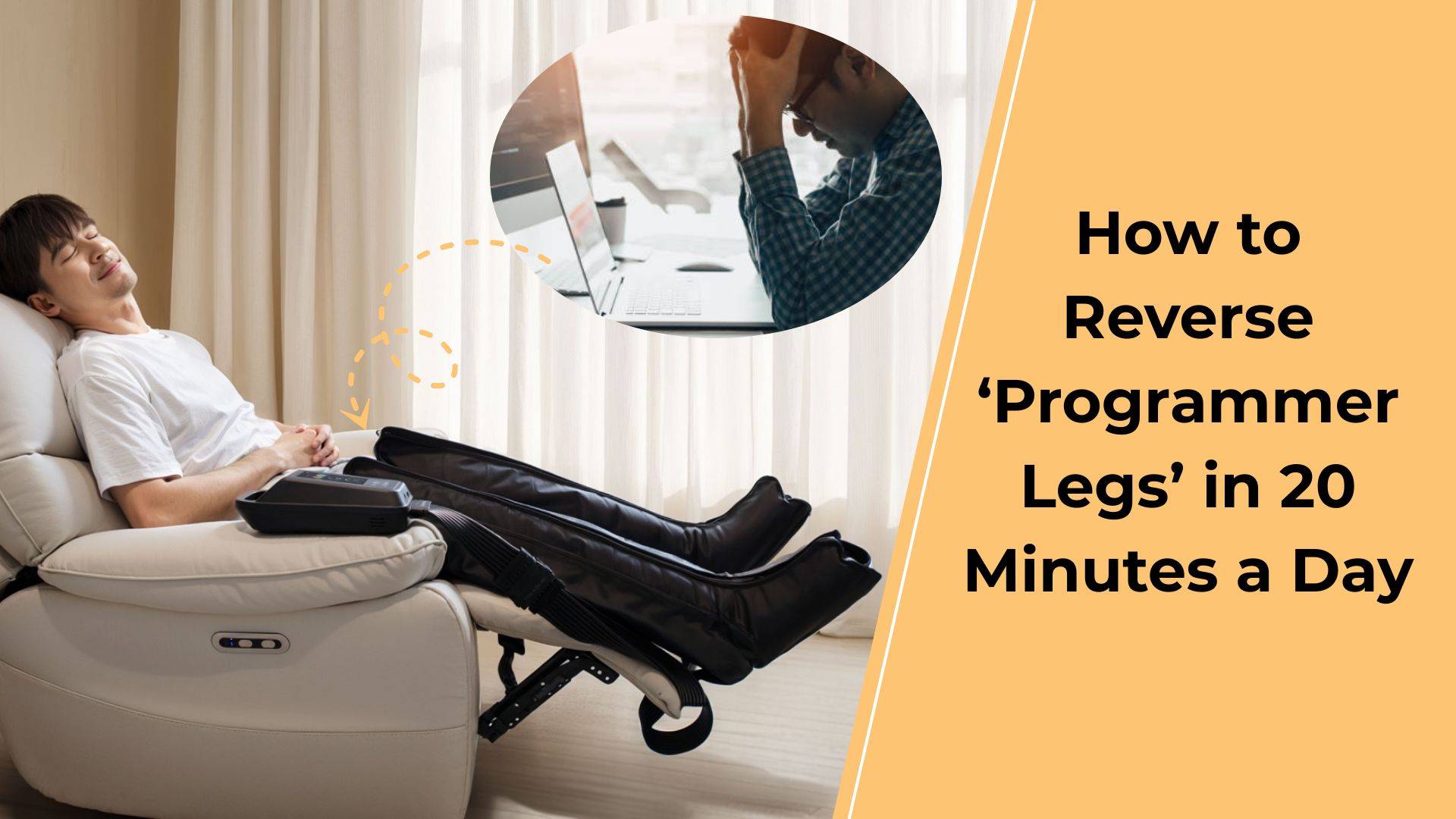5 Modes of Wellue Compression Recovery Boots
5 Massage Modes of Wellue Compression Boots
Which Compression Mode Should You Use? A Simple Guide to Modes A–E
Choosing the right compression mode can maximize recovery, comfort, and therapeutic benefits. Here’s a concise breakdown of the key differences among Modes A, B, C, D, and E, focusing on their inflation/deflation mechanics, best use cases, and clinical strengths/weaknesses:
1. Mode A: Sequential, Dynamic Pulsing Mode, for Relaxation
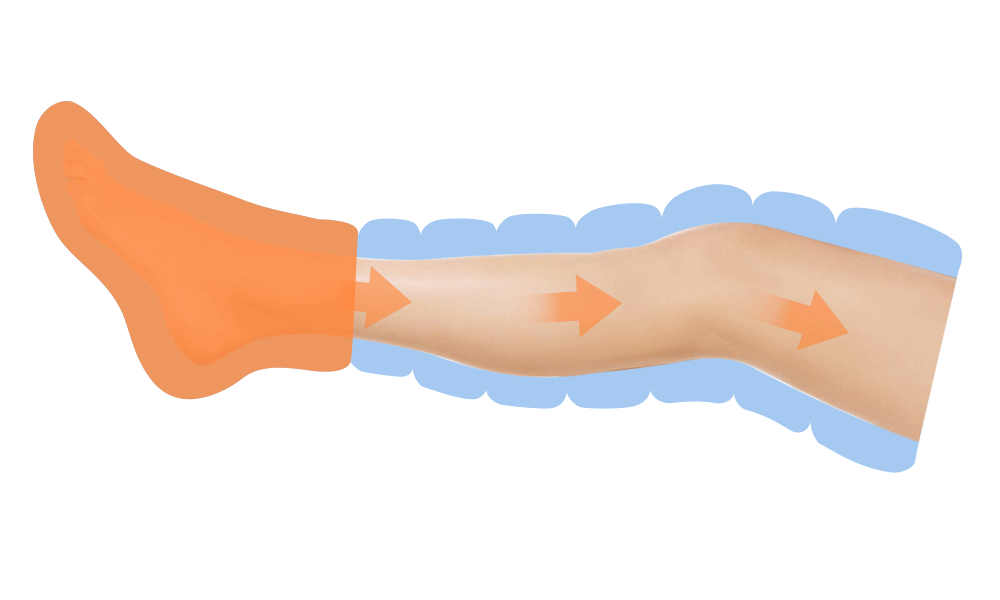
Mechanism:
- Chambers inflate one at a time (1→2→3→4→5→6→7→8).
- Each chamber deflates before the next inflates.
Best For:
- Gentle warm-ups, relaxation, mild edema, or post-surgery recovery.
Pros:
- Rhythmic, massage-like flow.
- Minimal discomfort.
2. Mode B: Deep Pressure Mode, for Athletic/Muscle Recovery
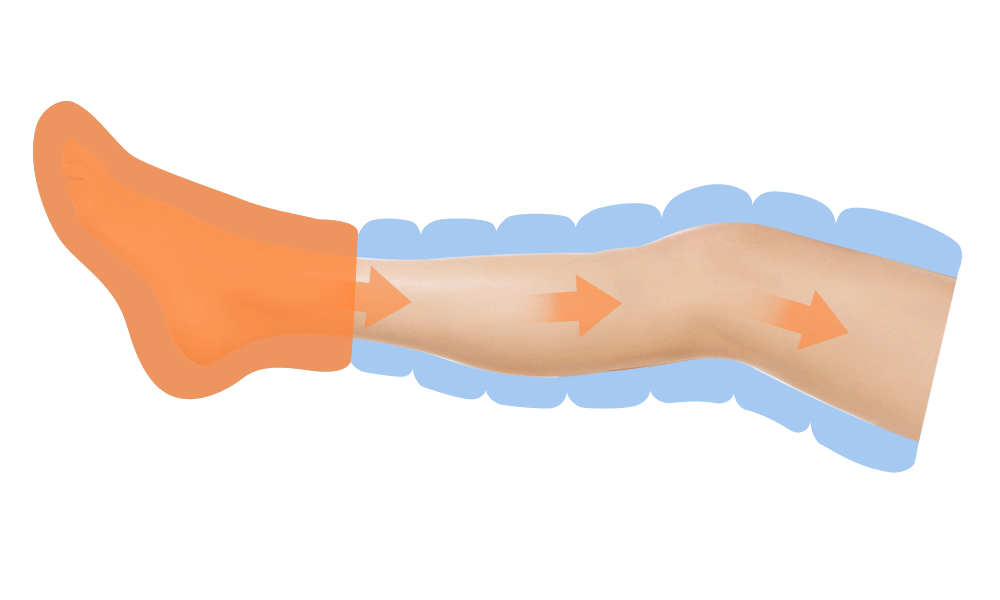
Mechanism:
- Chambers inflate cumulatively (1 stays inflated → 2 inflates → ... → all 8 pressurized).
- All chambers deflate together at cycle end.
Best For:
- Severe edema, chronic venous insufficiency, or medical-grade compression.
Pros:
- Sustained pressure maximizes fluid displacement.
3. Mode C: Segmented Alternating Mode, for Balancing Comfort
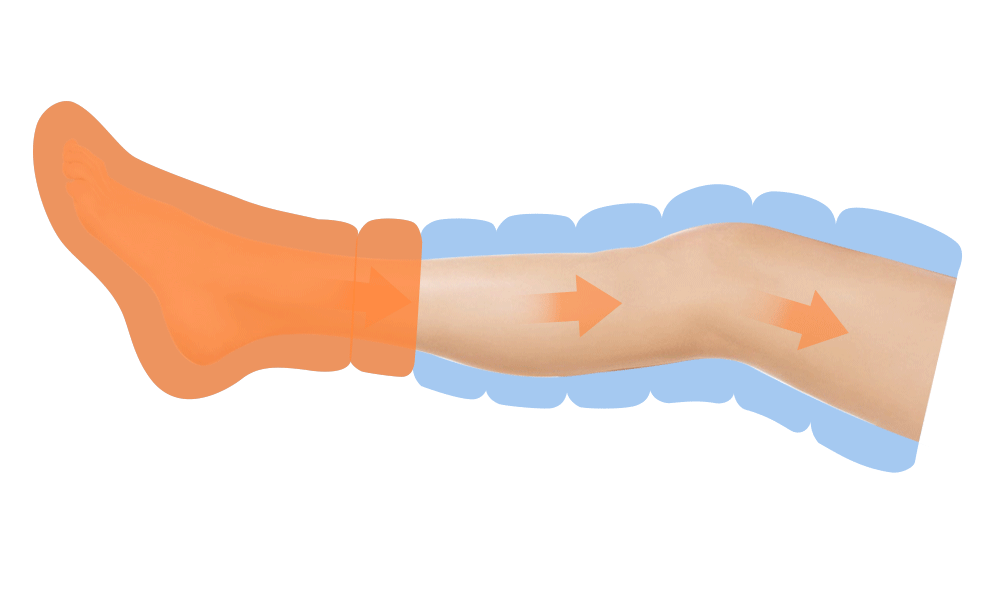
Mechanism:
- Two chambers inflate at a time (1+2 → 3+4 → 5+6 → 7+8).
- Each pair deflates as the next pair inflates.
Best For:
- Moderate edema, active recovery, or balancing speed/comfort.
Pros:
- Faster cycles than Mode B; reduced pressure gaps vs. Mode A.
4. Mode D: Gradual Intensity Mode, for Chronic Pain
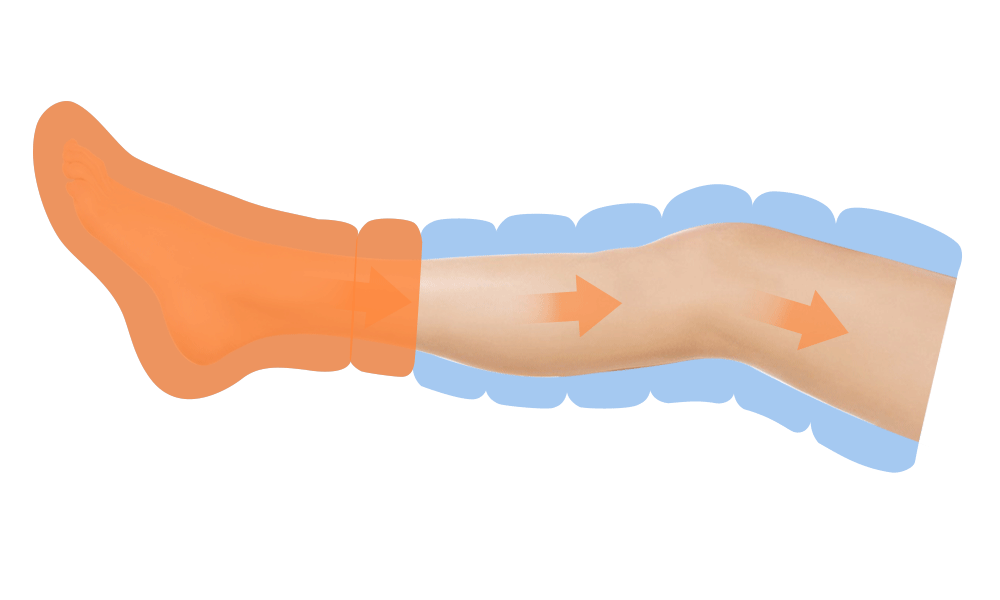
Mechanism:
- Pairs inflate cumulatively (1+2 → 1+2+3+4 → ... → all 8 pressurized).
- All chambers deflate together at cycle end.
Best For:
- Athletic recovery, stubborn edema, or time-efficient sessions.
Pros:
- Stronger fluid push than Mode B (due to paired inflation).
5. Mode E: Smart Jump Mode, for Diabetic Circulation
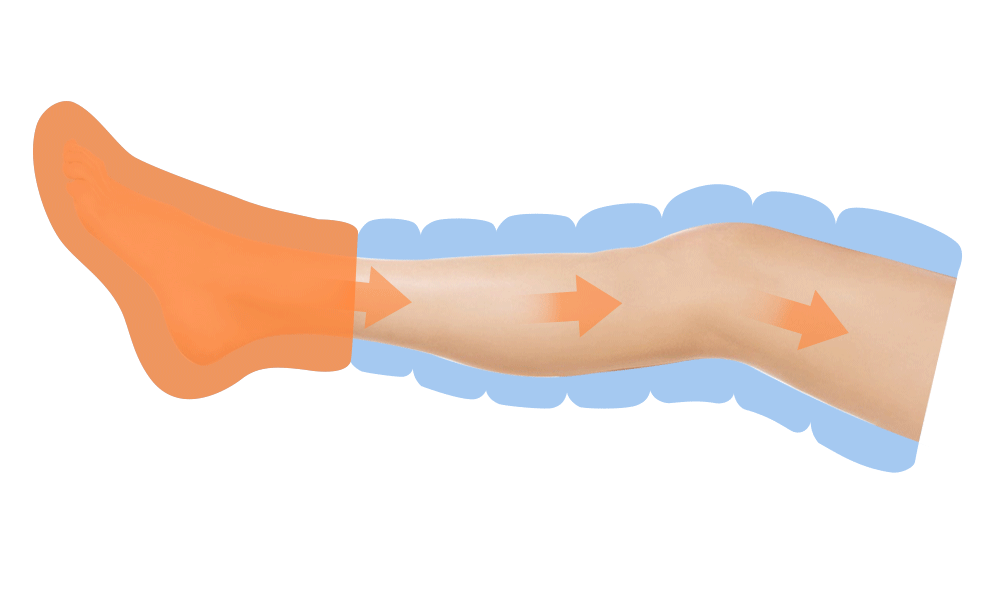
Mechanism:
- Non-linear inflation (1→3→5→7→2→4→6→8).
- Each chamber deflates before the next inflates.
Best For:
- Asymmetrical swelling (e.g., post-surgery), lymphatic drainage, or lateral calf focus.
Pros:
- Mimics manual lymphatic drainage; reduces pressure hotspots.
Key Differences at a Glance

When to Choose Each Mode
- Mode A: Daily relaxation, warm-ups, or sensitive post-surgery recovery.
- Mode B: Medical-grade edema management (e.g., chronic venous ulcers).
- Mode C: Balanced recovery (e.g., post-marathon or desk workers with moderate swelling).
- Mode D: Time-efficient, strong fluid push for athletes or moderate-severe edema.
- Mode E: Targeted lymphatic drainage or asymmetrical swelling (e.g., post-hip surgery).
Takeaway
- Gentle/Relaxation: Mode A or E (if asymmetry is present).
- Moderate Recovery: Mode C.
- Aggressive Fluid Clearance: Mode B or D.
- Medical/Severe Cases: Mode B (gold standard) or E (lymphedema).

